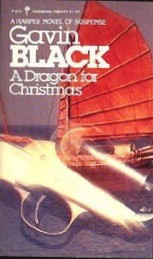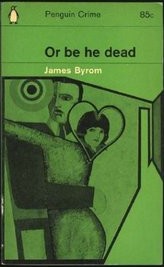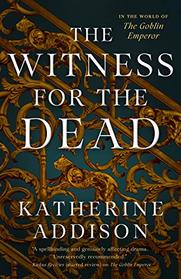
Review by Cyndi J. (cyndij)
In the near future, a billionaire decides that doing something about climate change is better than doing nothing. He has a big idea, he’s got the money, and the technology exists. But he also needs a little buy-in, and he’s not going to get that from governments, so he invites a number of potentially influential people to his ranch in Texas close to the Mexican border.
In this future, you can’t just walk around the ranch during the day unprotected. Earthsuits, with refrigeration units to keep you cool, are required. The characters dash from air-conditioned limosines into air-conditioned buildings, and every place they might stop has a canopy over it to keep out the sun. Their phones have apps that tell the virus exposure risk of everyone around them. Drones are ubiquitous. There’s a lot of technology out there trying to cool down individuals but still only lip-service is being given to solutions. Everything proposed has some objection to it and so nothing happens.
The first part of the novel starts off with a plane crash, but the action then ramps down into a long section of introducing most of the major characters in the book. Queen Frederika of the Netherlands, aka Saskia, her entourage, and Rufus, a guy they pick up along the way. They’re going to travel across quite a bit of Texas to get to the ranch so be ready to settle in to a lot of scenery and discussion of sea levels.
Interspersed with that story is Laks, a young Sikh man in British Columbia who doesn’t quite know what to do with his life. I was intensely curious how his story would intersect with the rest, but it takes a while to get there. Along the way I learned about some interesting martial arts and the Line of Actual Control, which I’d only vaguely heard of before. In passing we’re also going to meet elites from Venice, London, New Guinea, and China. Notably absent is anyone else from the United States, which one Chinese guy says is now a laughingstock in the rest of the world.
It’s definitely a leisurely novel, with moments of astonishment during an awful lot of geography, political intrigue, near-future tech, and family histories. Then we get some real action, with the last 100 pages or so heart-poundingly tense. The main characters are pretty well fleshed out, and there are plenty of smaller parts with very intriguing people.
What I didn’t get a good sense of is the actual state of the climate in this book. Stephenson talks about the heat and has some technology for combating it, but no one we meet seems really affected by it. And maybe that’s part of the point: when you have money, a lot of issues are transparent to you. What’s happening to agriculture, to cities, who’s benefiting and who’s losing, we’re not given much info. I also wasn’t entirely sure what China expected to get out of their meddling – was it a supposed to be a push towards what they wanted?
What I really liked is that this is not a dystopian novel. It offers up some hope. Things can and will get worse, but we do have options, if only we can abandon the idea of a perfect solution and just do something. It will be messy, but it will be a start.








